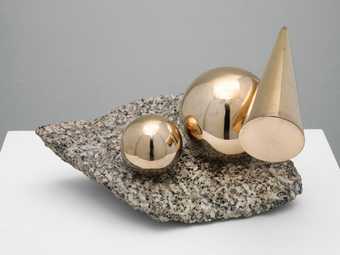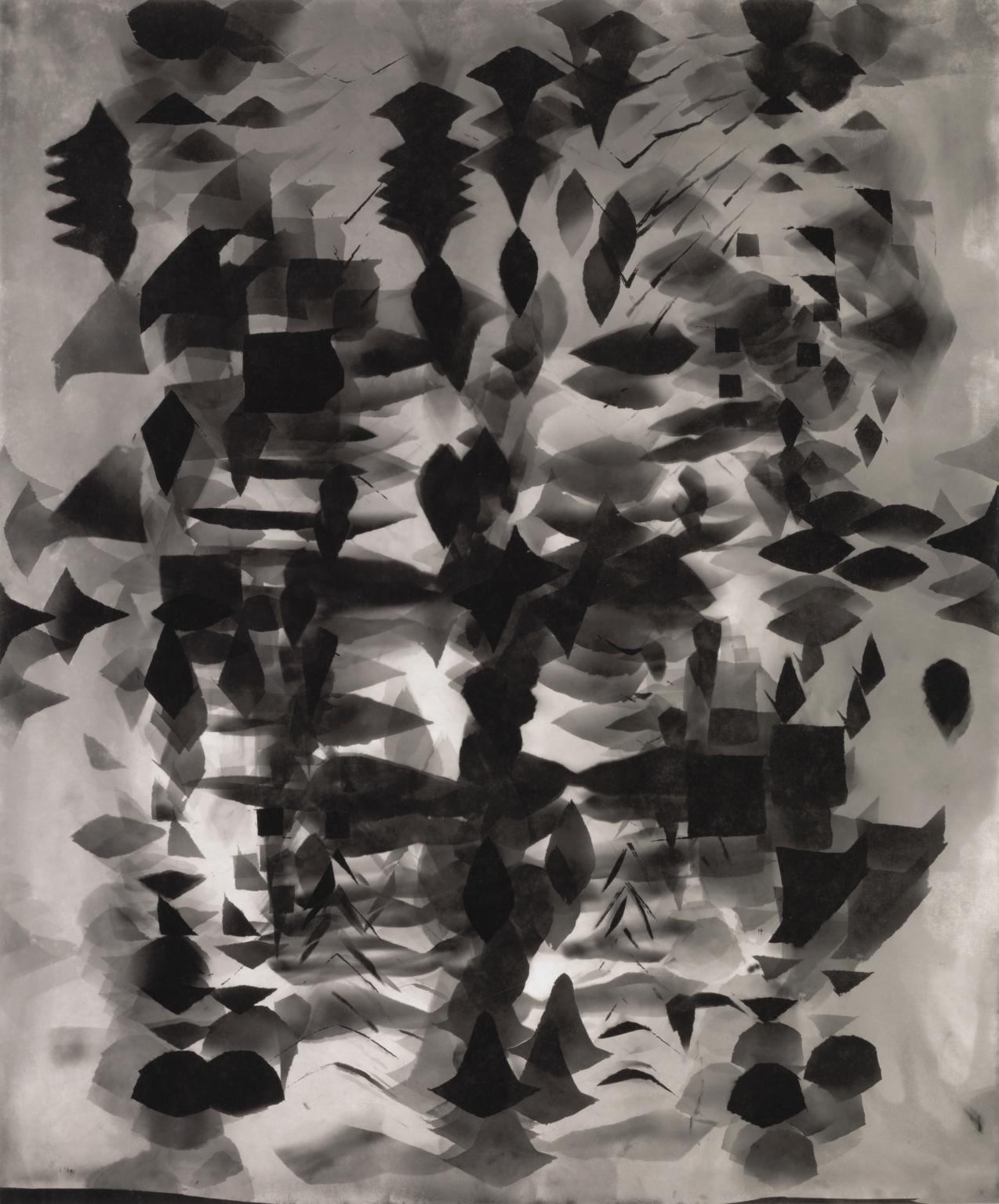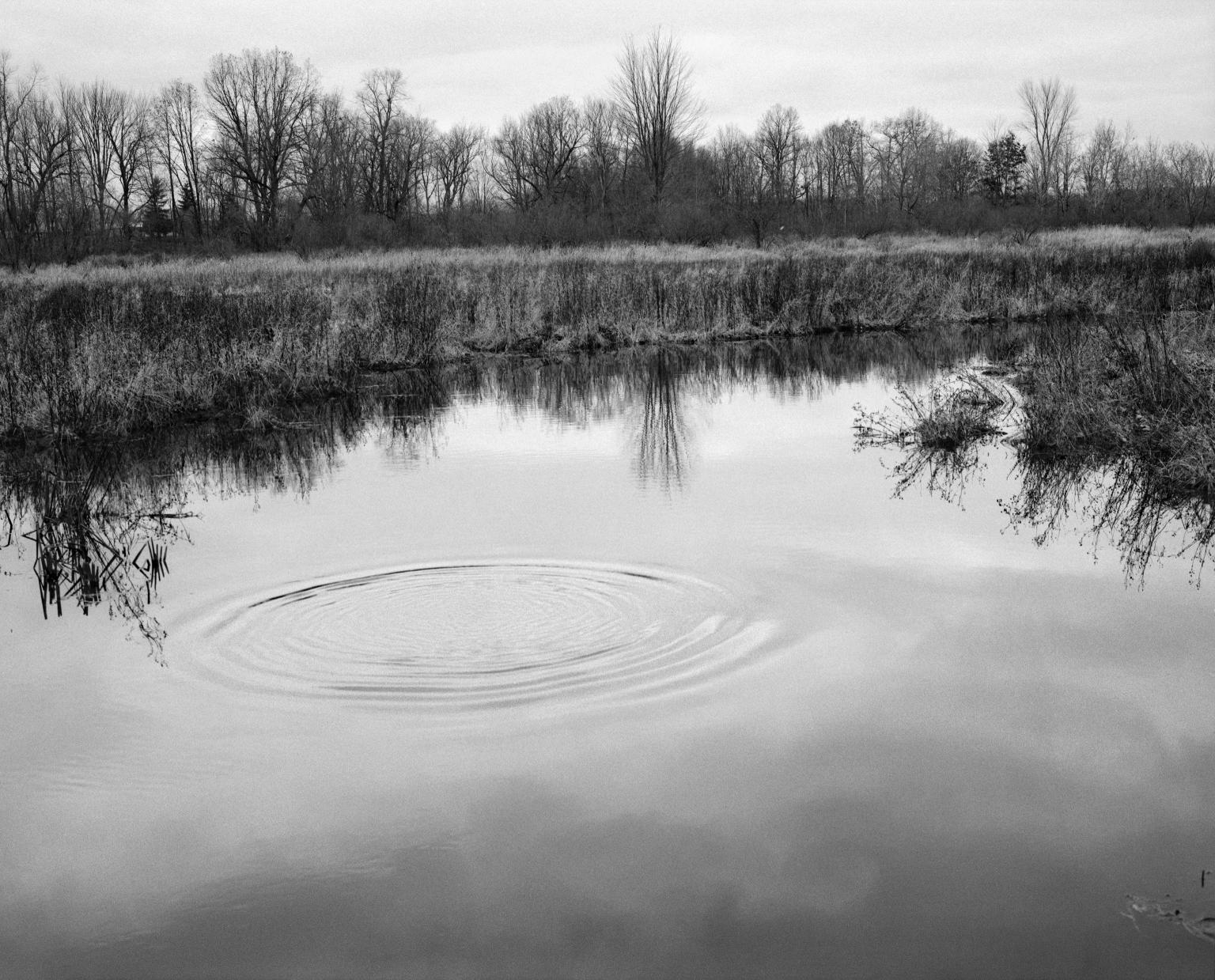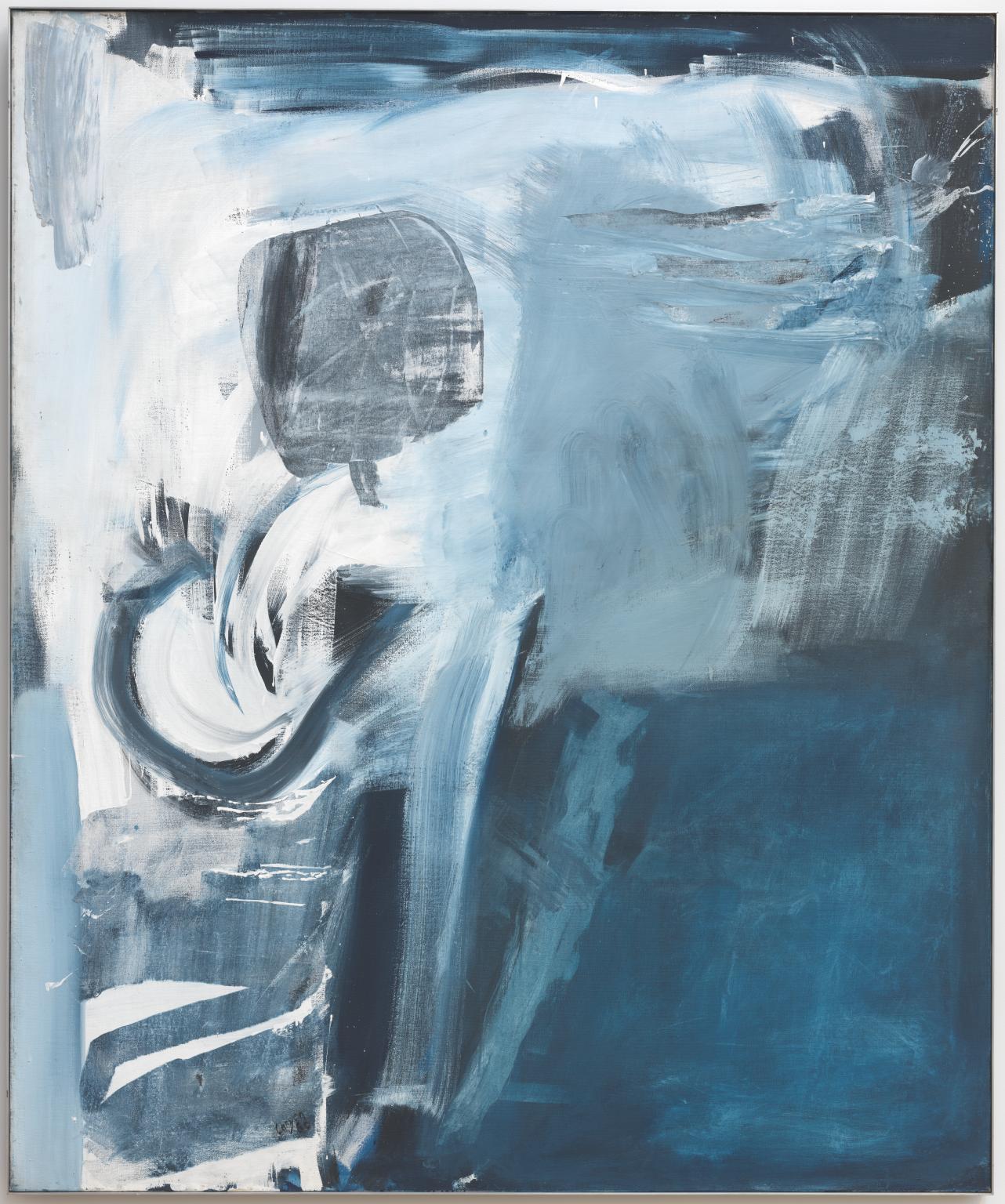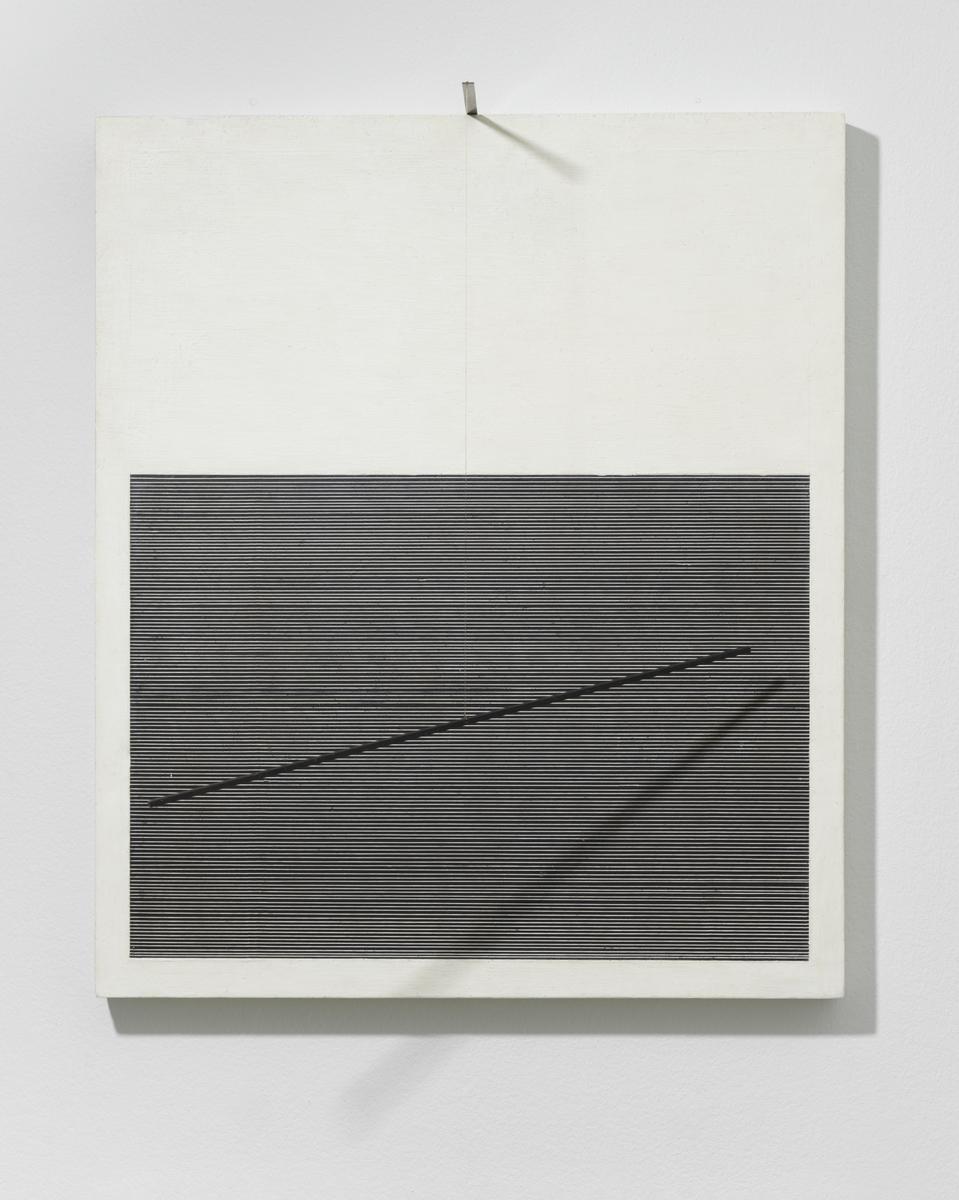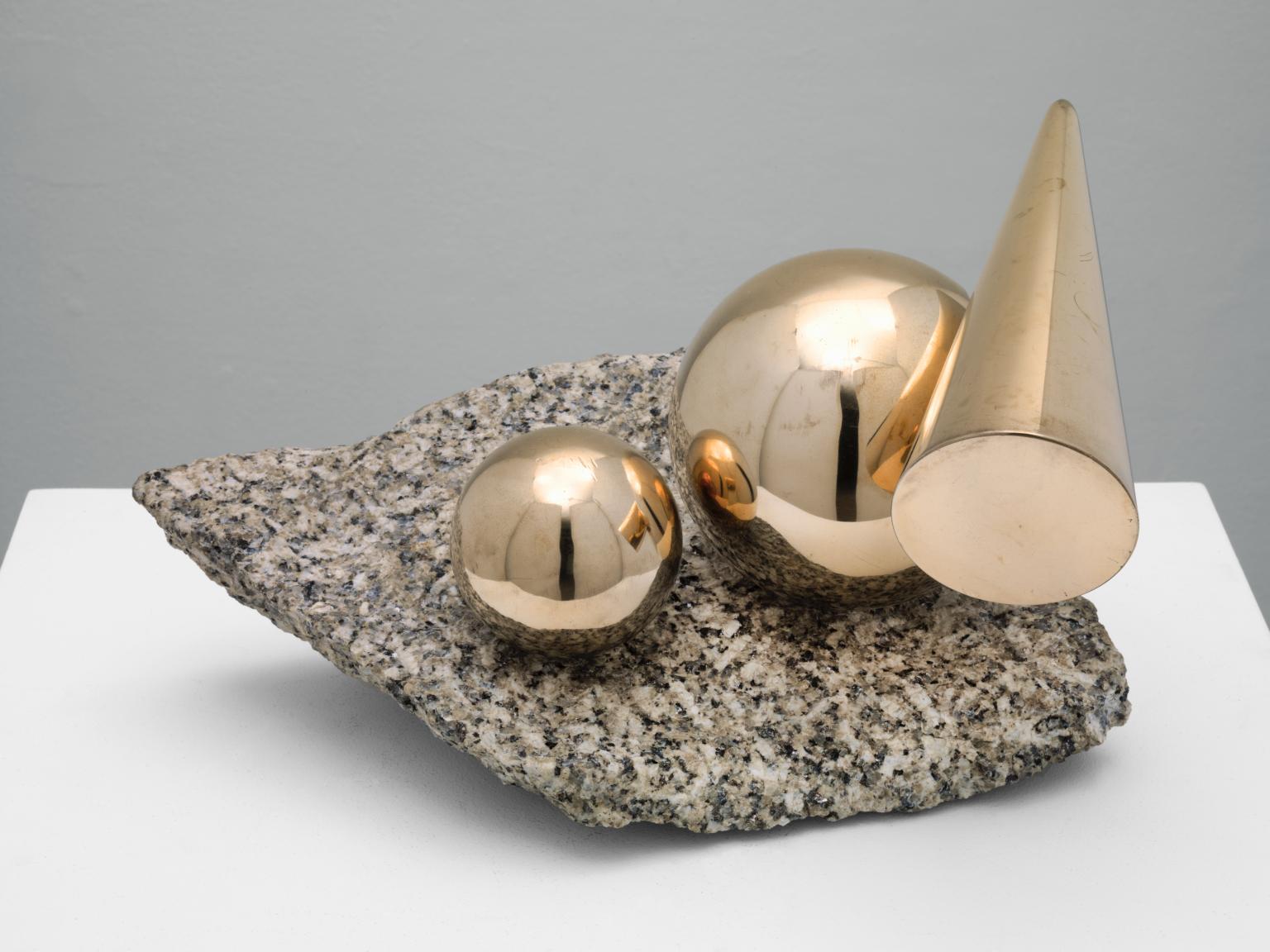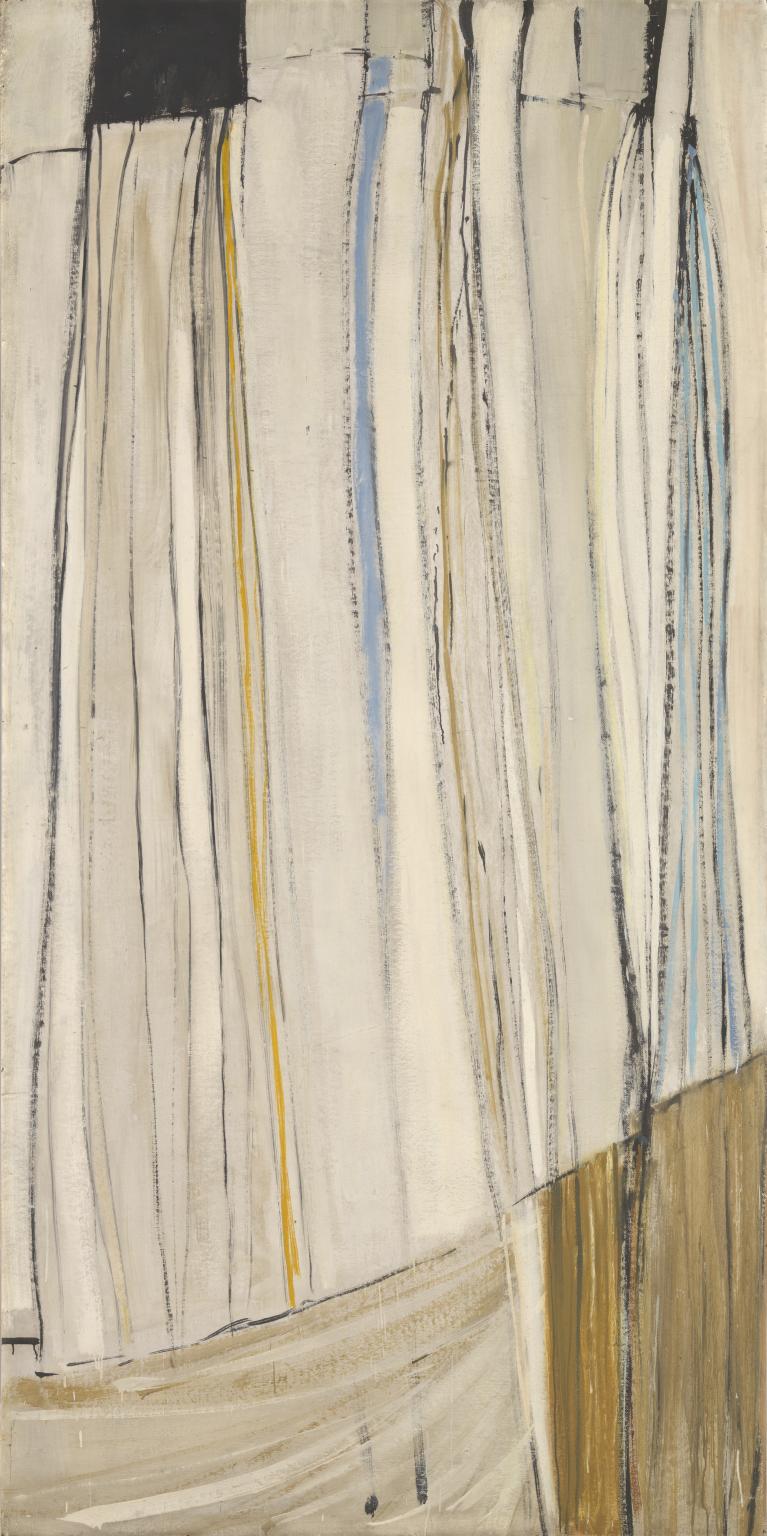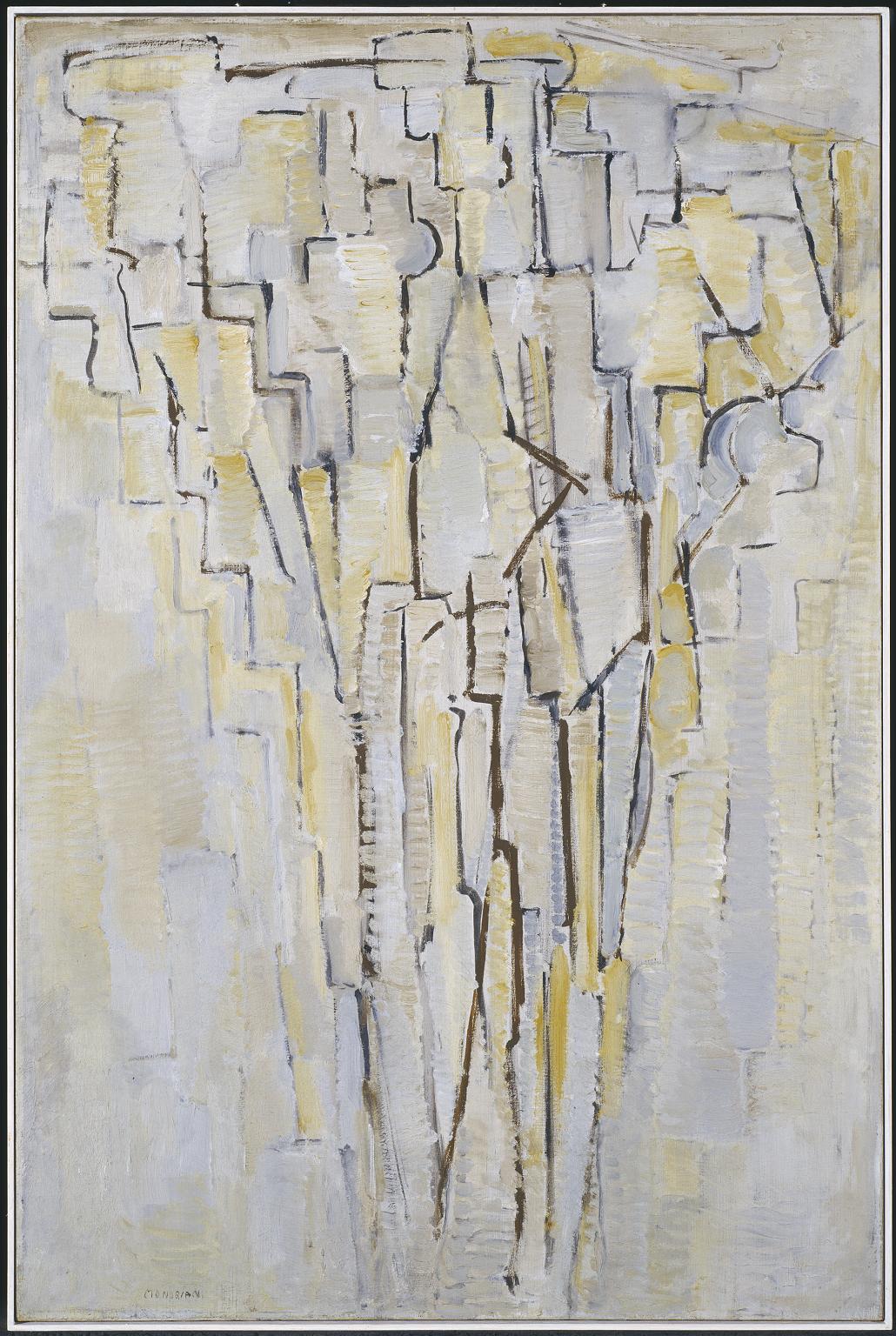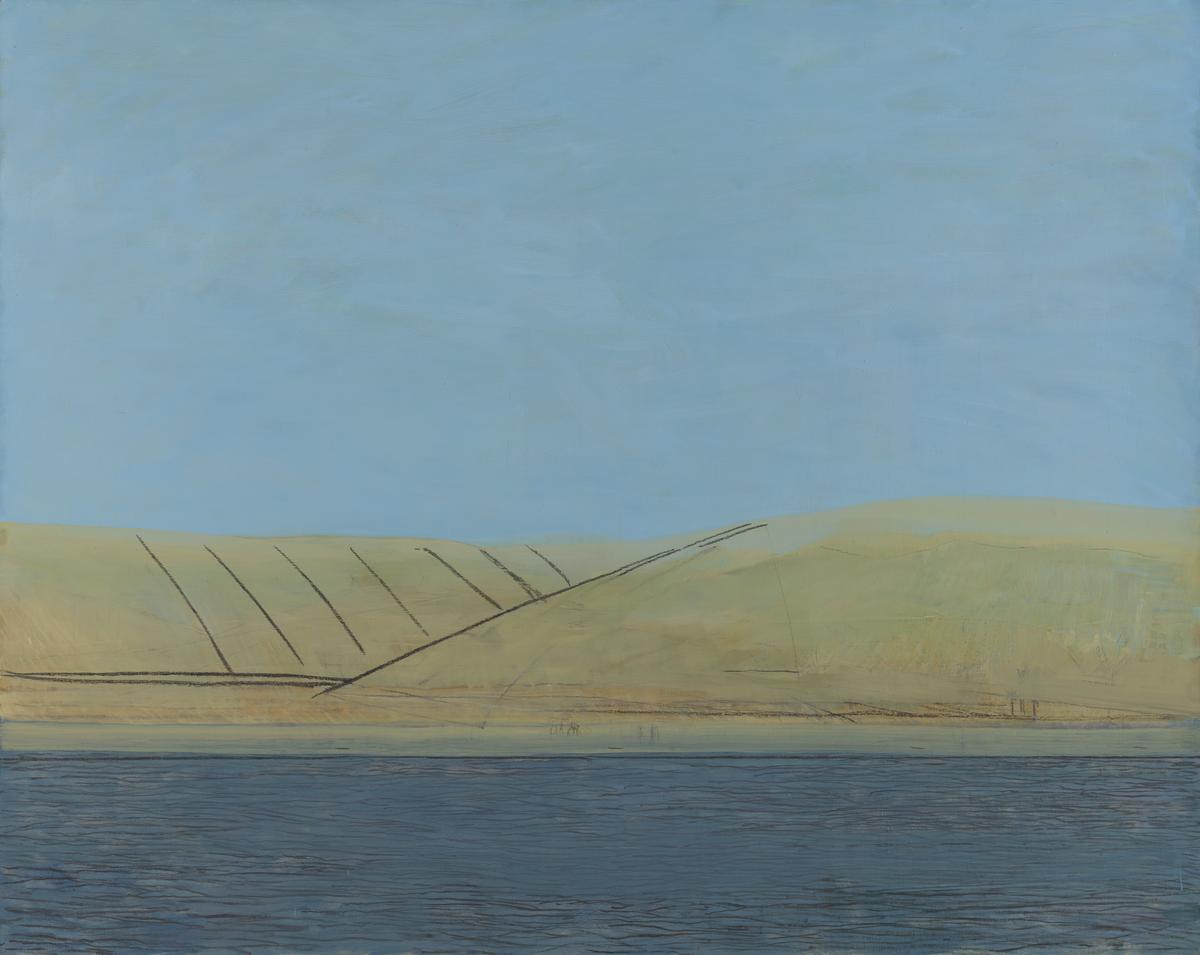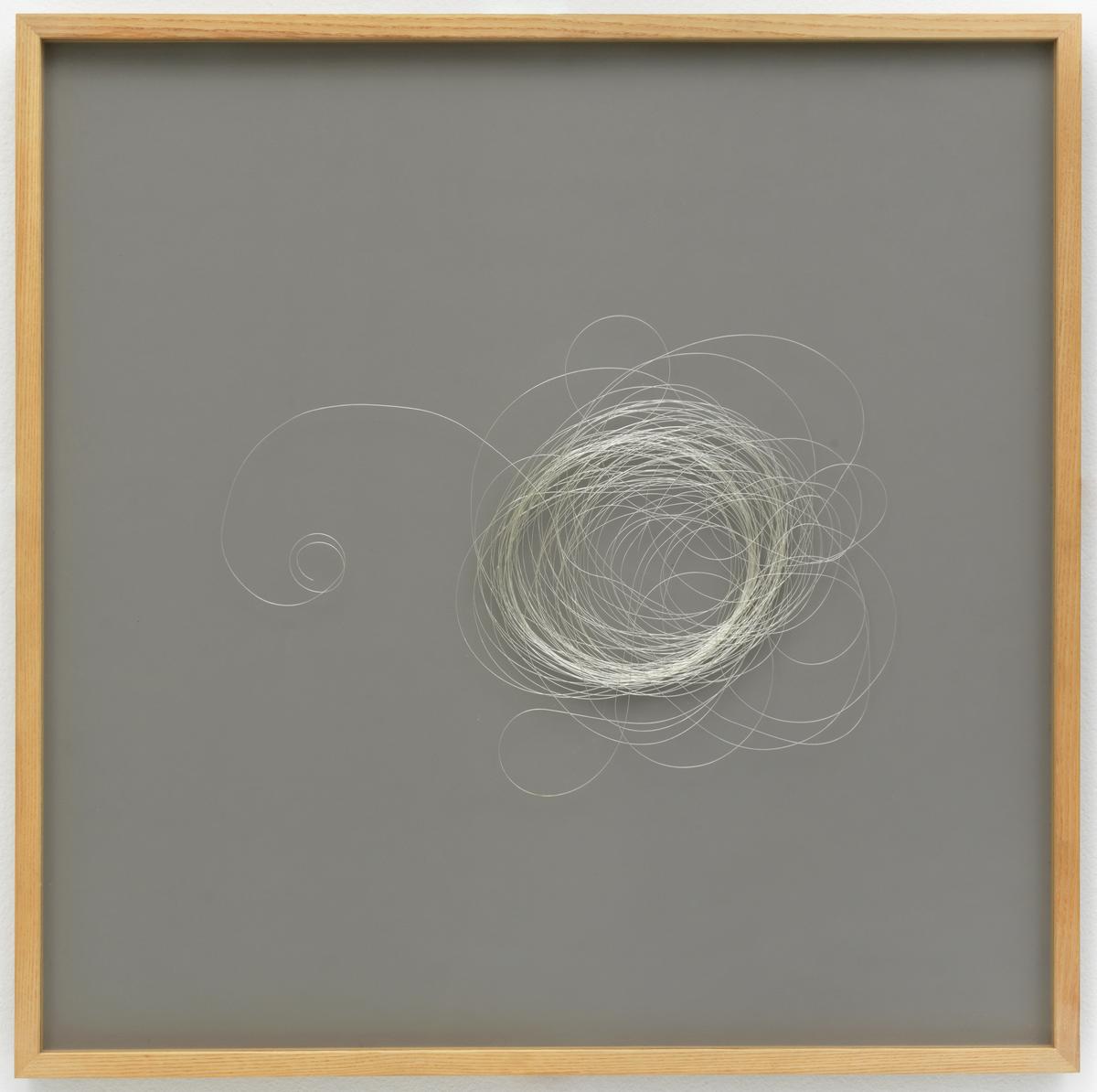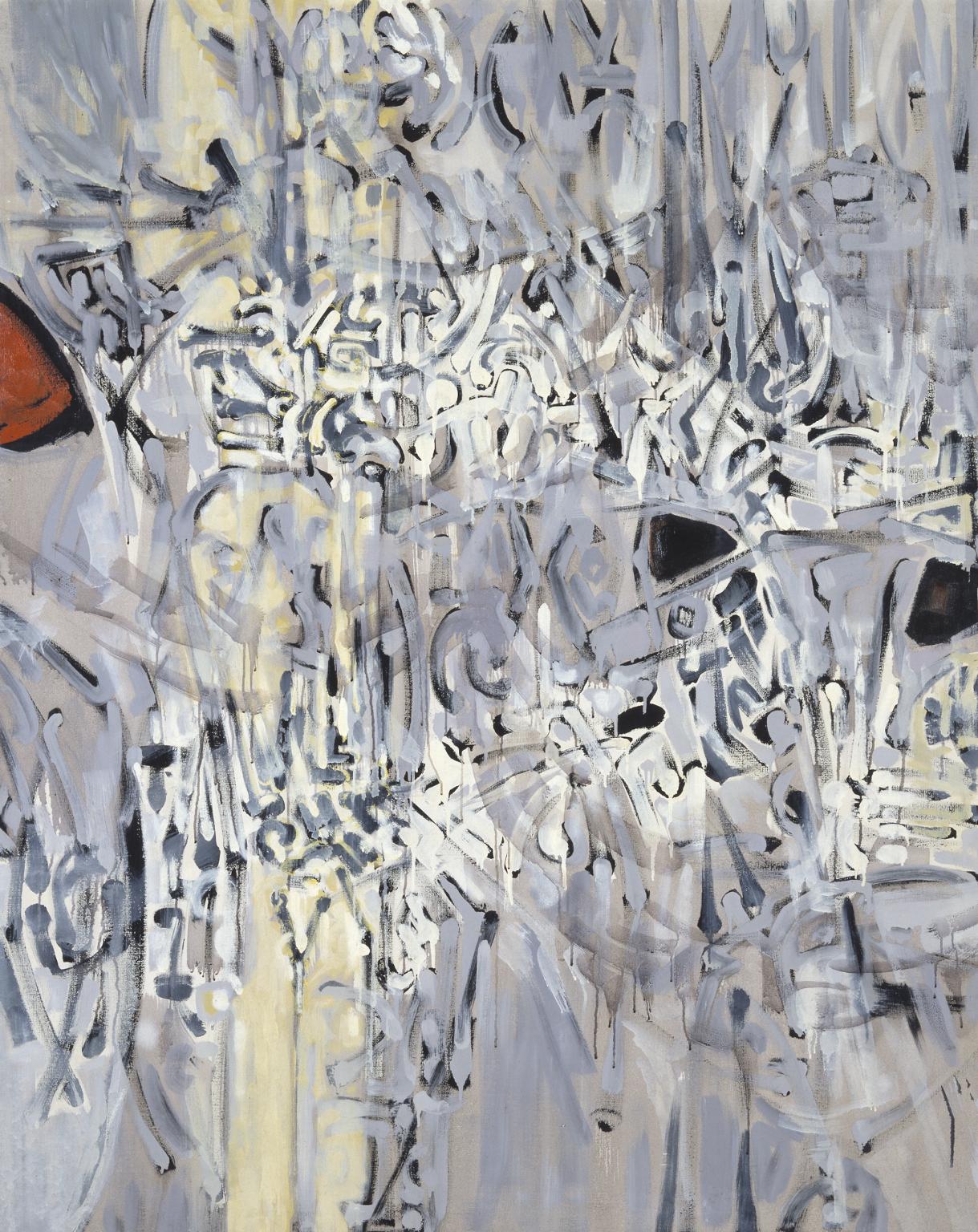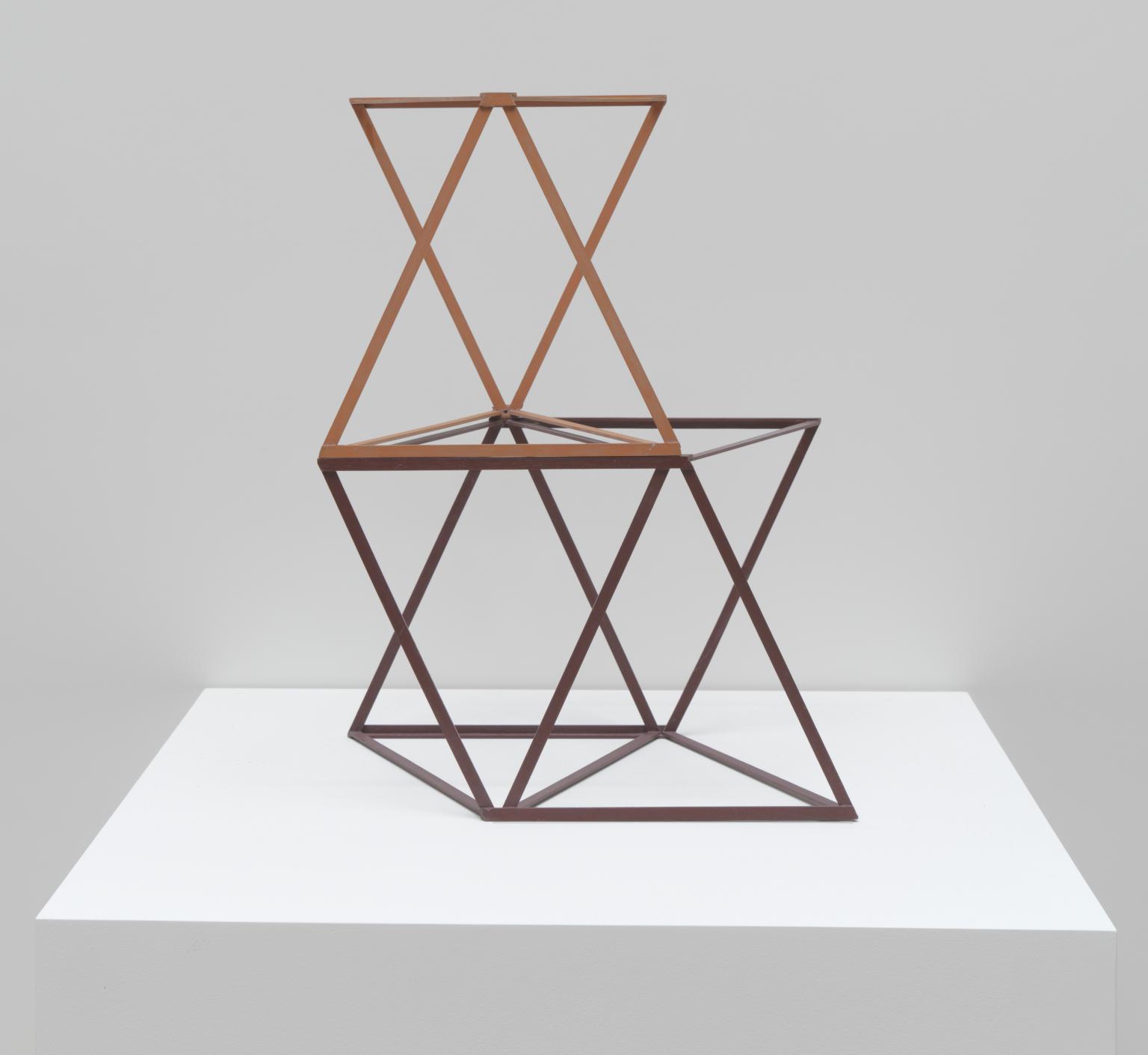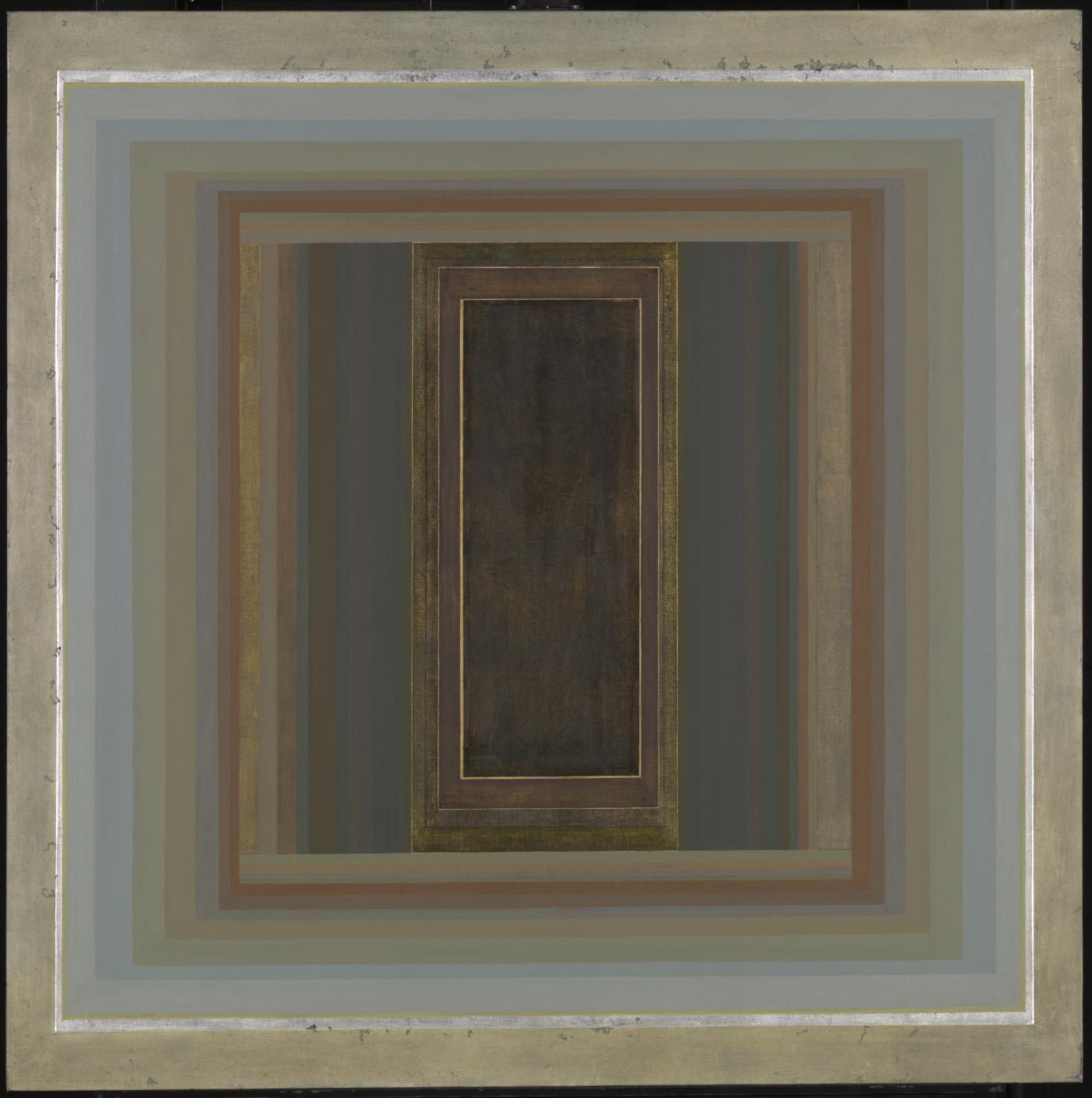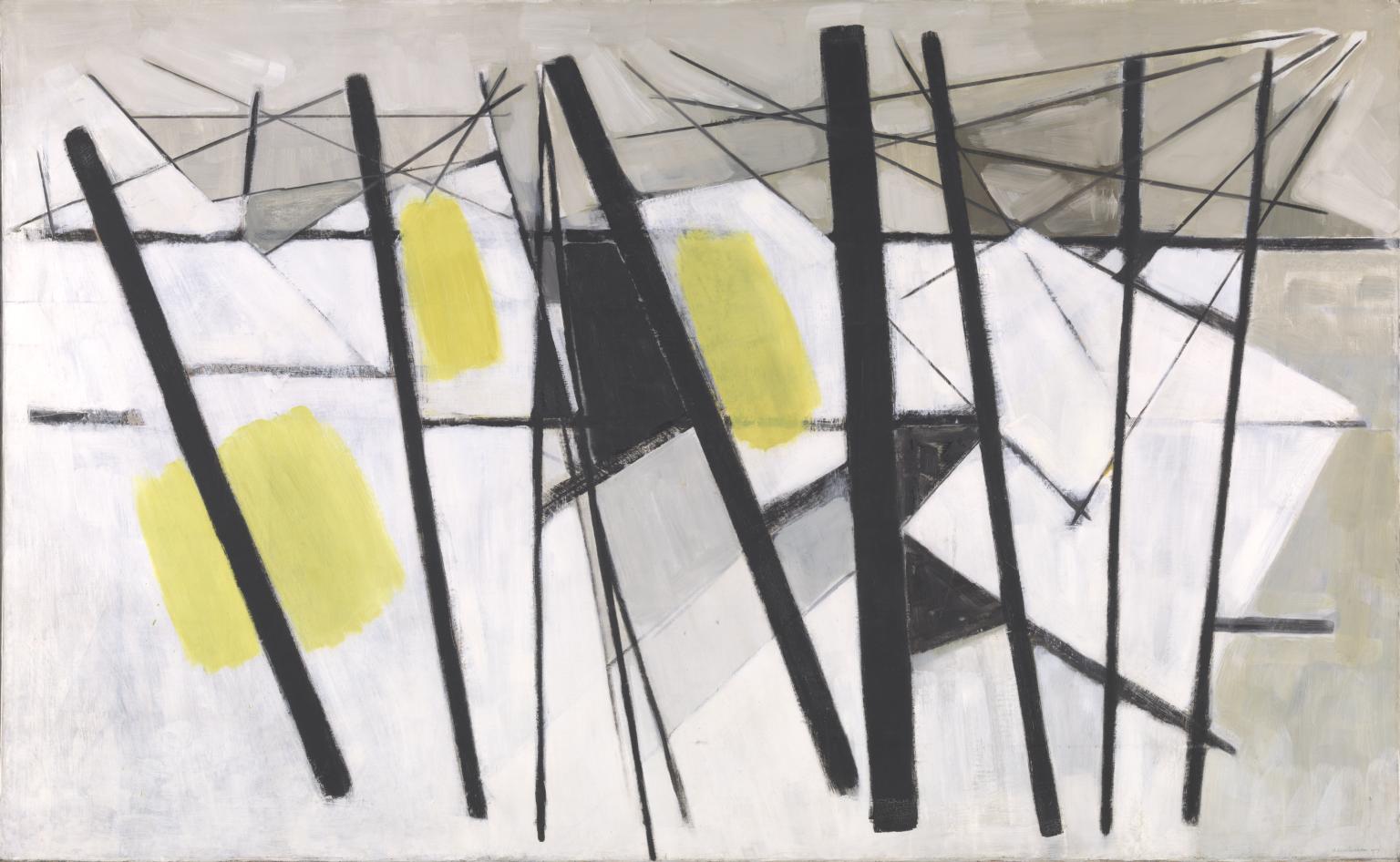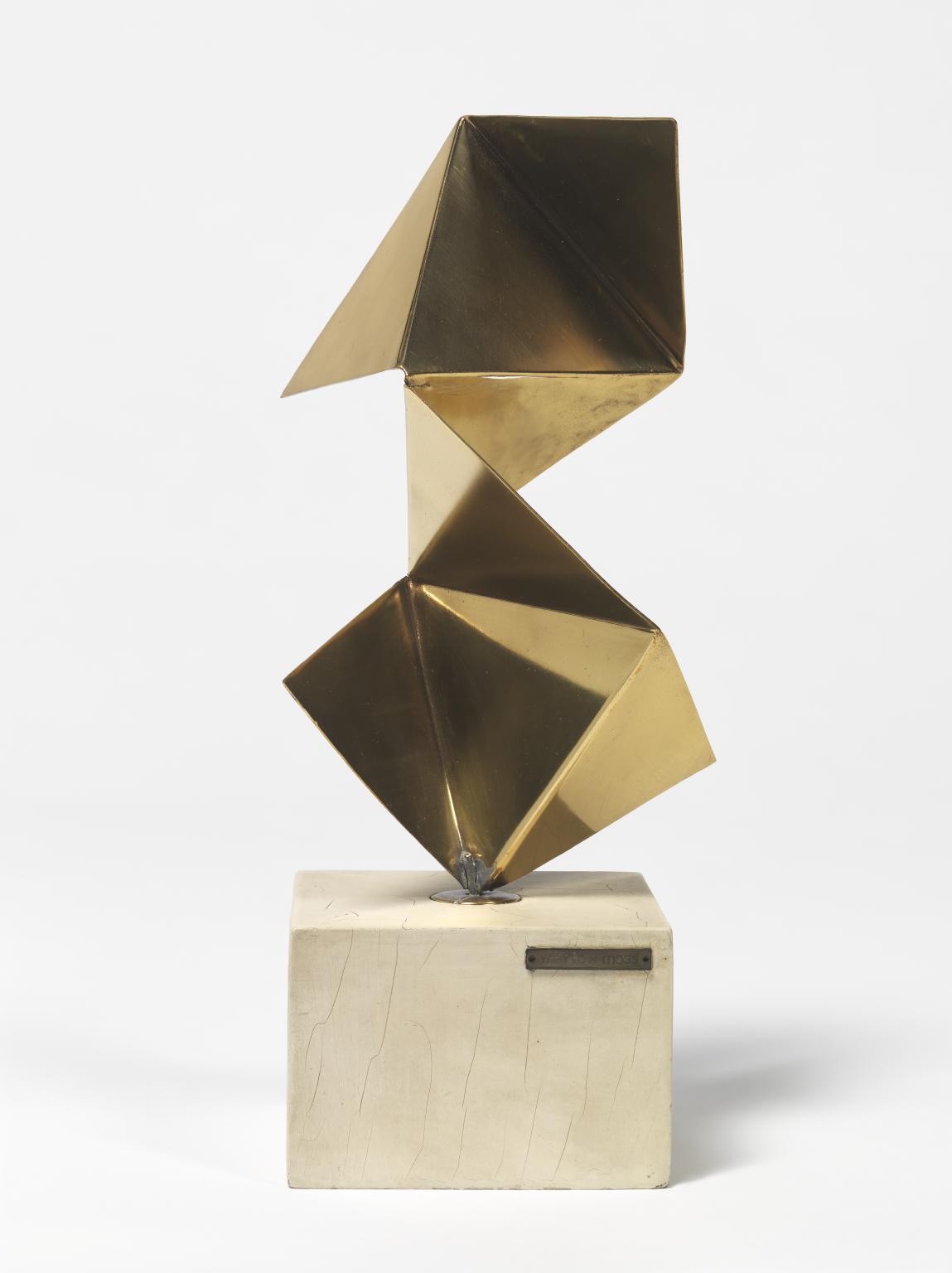4 rooms in Modern Conversations
Explore works which negotiate the unstable interface of human creativity, knowledge, and territories beyond
Modern artists often borrowed from the systems and disciplines which we use to understand the world. Starting from the mathematical approach of Marlow Moss, this room encompasses abstract artists who interrogate and respond to landscape.
Human relationships with the natural environment accelerated precariously throughout the modern era. As twentieth-century thinkers applied Eastern and Western perspectives to question our existence, artists developed abstract languages to communicate meaning beyond what is immediately visible. While these works can convey ideas of beauty and simplicity, they also relate to underlying structures – from science to politics, music or beliefs – that underpin our experience. With the impacts of environmental change in the twenty-first century, artists, communities, politicians and scientists continue to consider new relationships with landscape.
About Marlow Moss
It is perhaps surprising that Moss chose to settle in rural Cornwall in 1941, on fleeing the war in mainland Europe. Established as a modern artist in Paris, Moss was a co-founder of the radical group Abstraction-Création. The international members aspired to create works that would speak across cultures and capture the spirit of the time. Moss developed an abstract art using tools such as measurement and proportion to echo the rhythms found in nature and in modern life.
Moss's innovate work and deliberately masculine appearance challenged artistic and social conventions. Living in isolation from the community of modern artists in St Ives, Moss's approaches to modern art and identity have provoked new research and a vital debate about art practice and gender.
Tate St Ives
Level 3
Ongoing
Entry to both the display and the gallery is free for Tate Members, Locals' Pass holders and under 18s.
Become a memberArt in this room
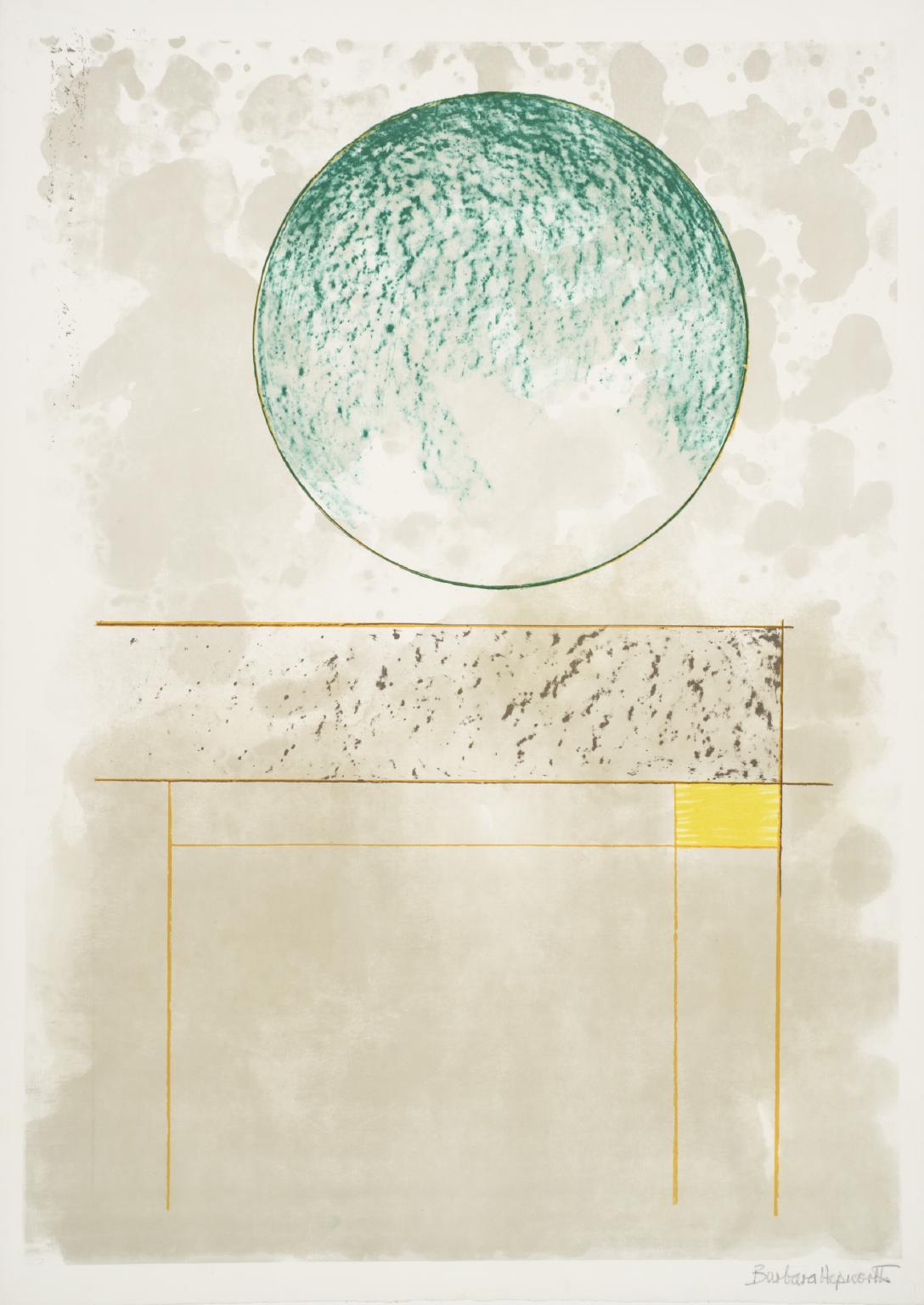
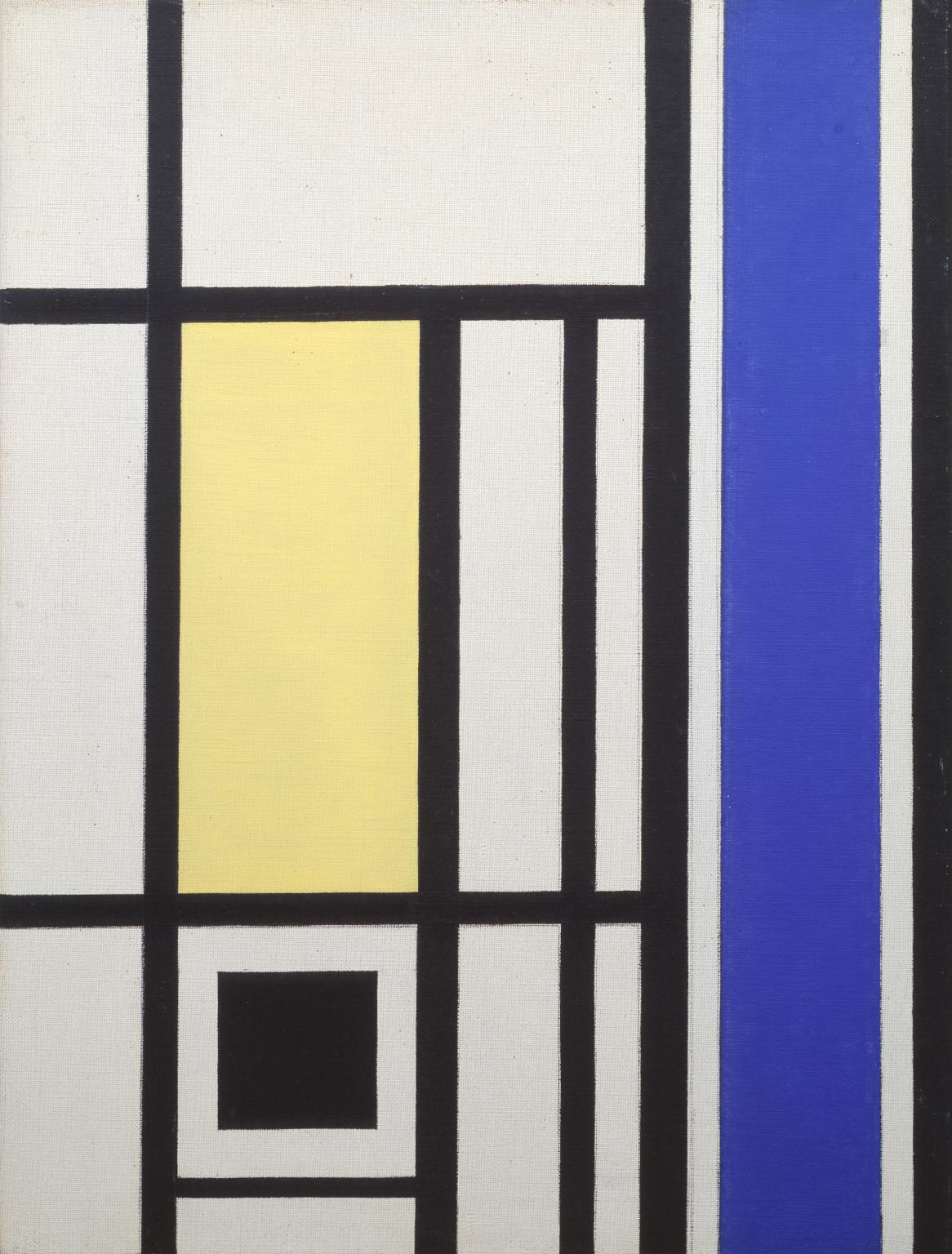
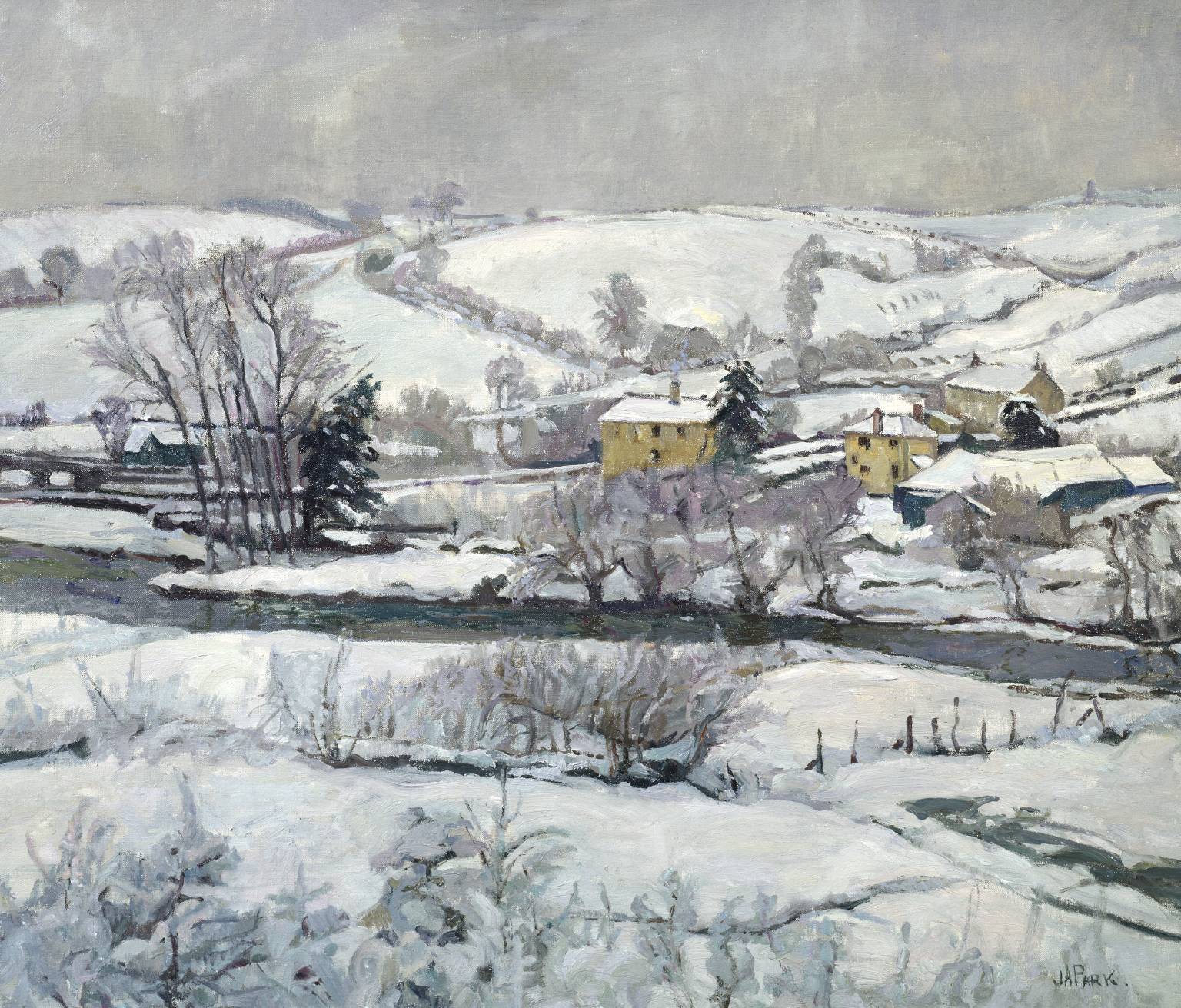
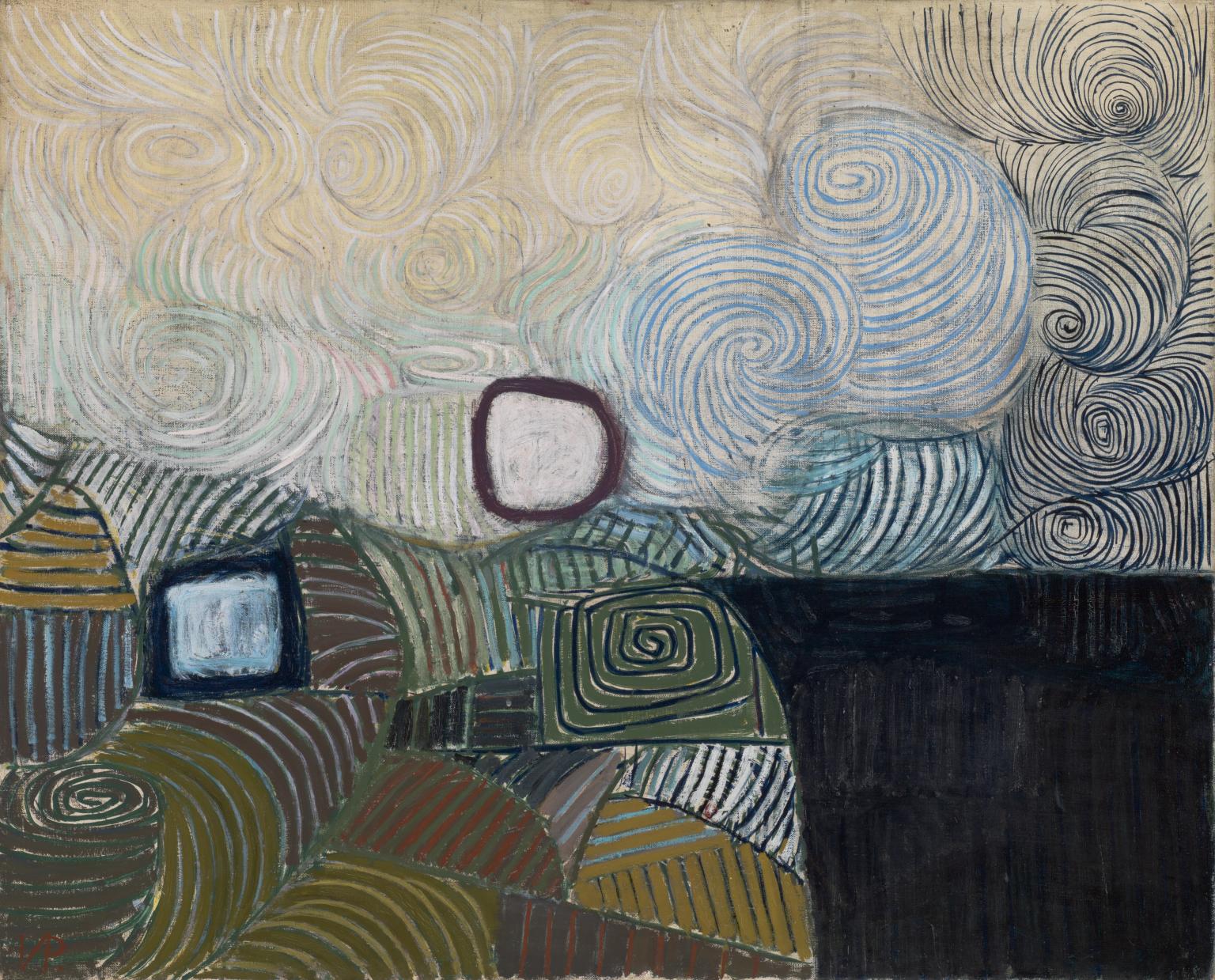
Sorry, no image available
Sorry, no image available
You've viewed 6/21 artworks
You've viewed 21/21 artworks

